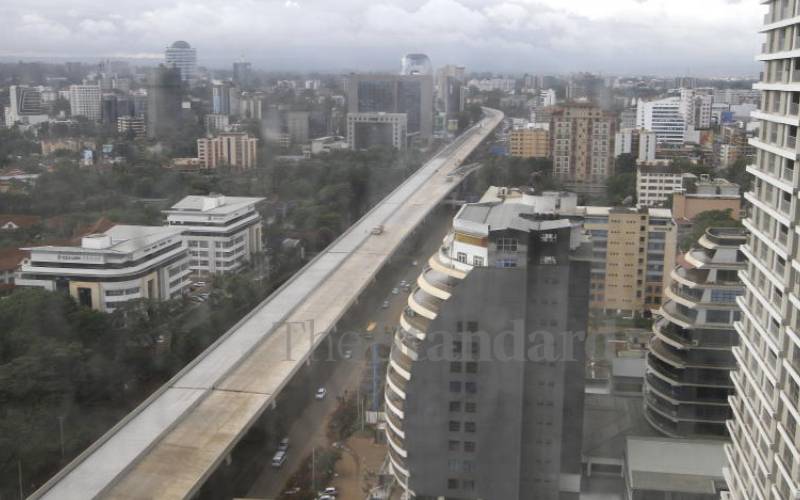×
The Standard e-Paper
Kenya's Bold Newspaper

Construction of Nairobi Expressway along Wayaki Way, Westlands. December 2021. [ Jenipher Wachie, Standard]
Whenever infrastructure is mentioned, many people associate this term with good roads. But infrastructure goes beyond just having good and reliable road networks.